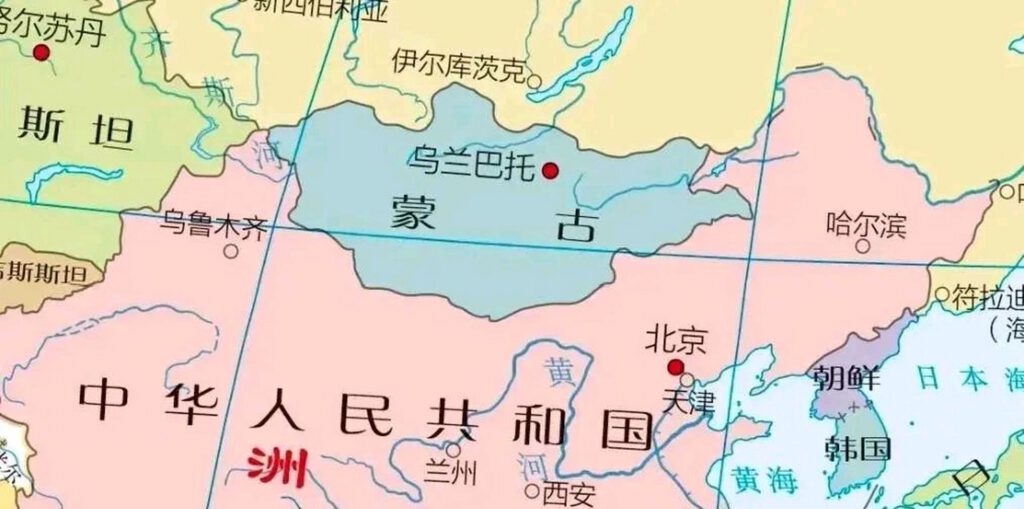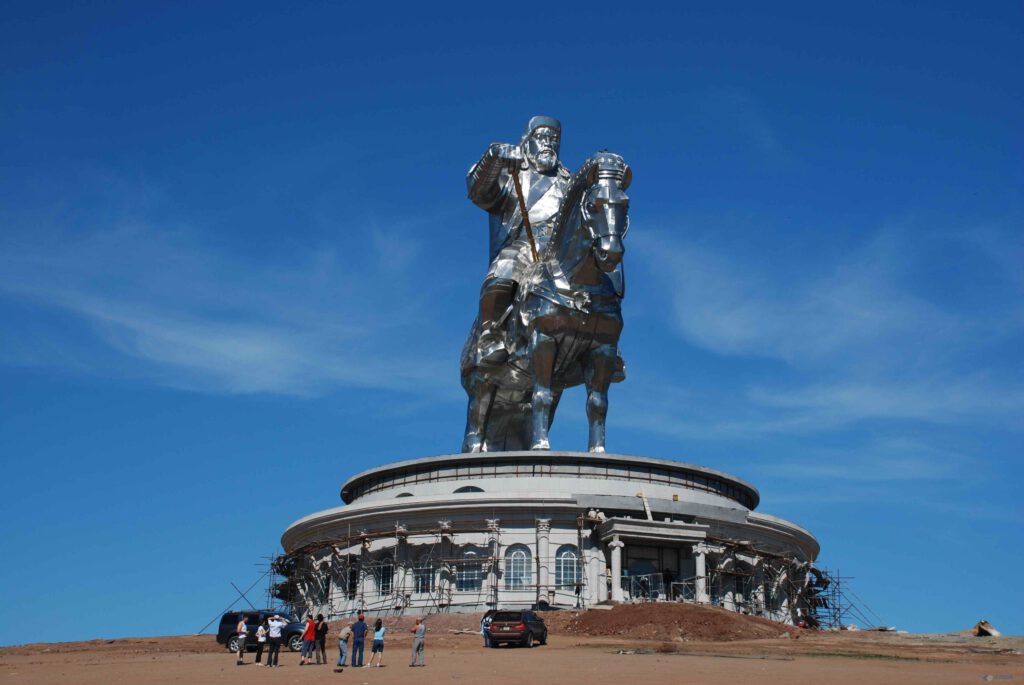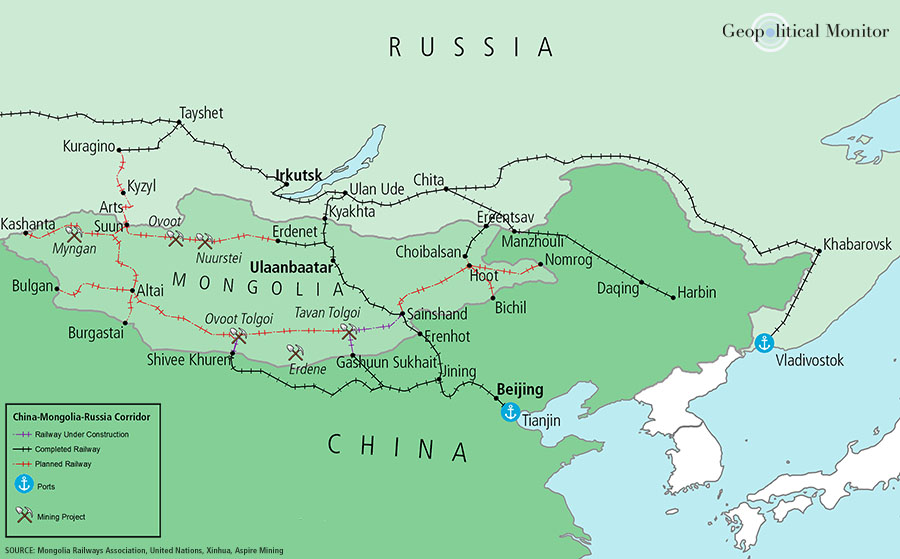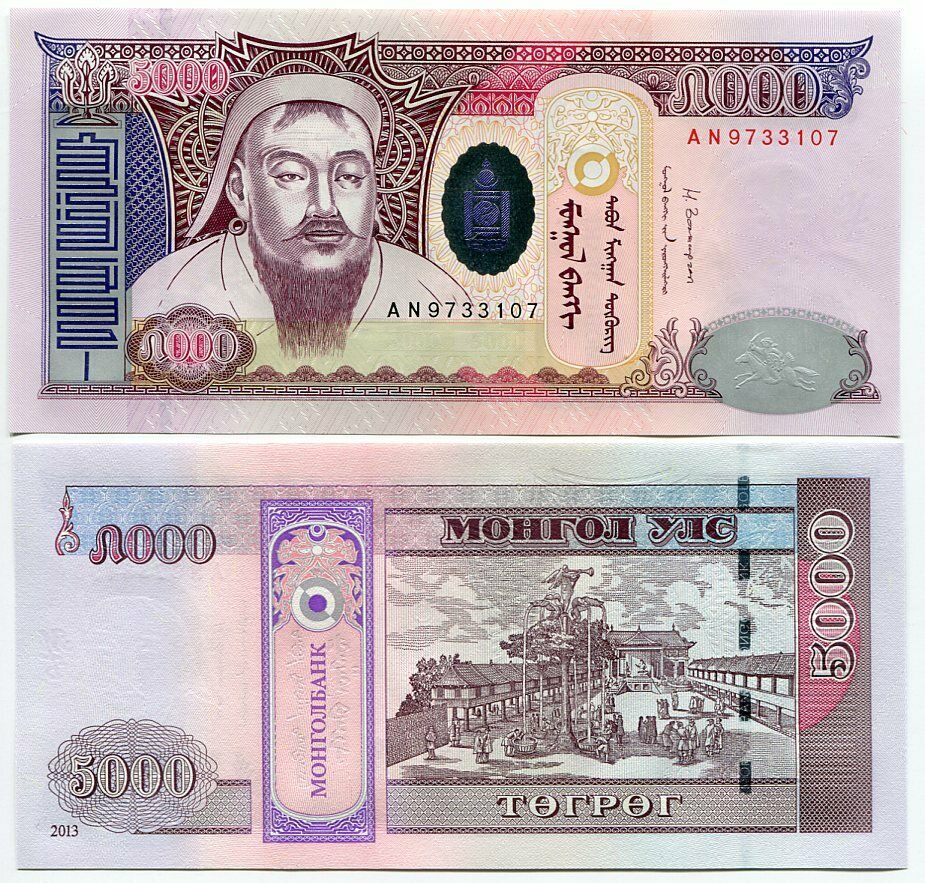
More than 10 million Mongolians reside primarily in China and Mongolia, with 3.5 million in Mongolia and over 6 million in China, the majority (70%) residing in the Inner Mongolia Autonomous Region. Mongolian serves as the common mother tongue for both populations, differing only in alphabet usage.
While Mongolia employs the Cyrillic alphabet, influenced by Russia, Mongolians in China predominantly use the old Uyghur alphabet. This prompts questions about Mongolia’s adoption of the Cyrillic alphabet and its current interest in revitalizing the traditional migratory script.

Creation of the Hudum Mongol bichig
The Latin, Arabic, and Cyrillic alphabets are among the earliest major writing systems globally. Latin is prevalent in Western Europe and the Americas, while Cyrillic is widely used by Slavic peoples and those influenced by Russia. The migratory alphabet predates Cyrillic, originating in Central Asia based on the Suet alphabet.
Central Asia saw the rise of the Sogdians around the 10th century BC, who later developed the Sogdian alphabet by the 1st century AD. With Central Asia thriving as a trade hub, the Sogdian alphabet gained prominence. During the 5th-6th centuries AD, Turkic peoples migrated westward and adopted the Sogdian alphabet. The Kutlug I Bilge Boyla Khagan, ancestor of the Uyghurs, established the migratory khanate in the 8th century AD, leading to the emergence of the migratory alphabet influenced by the Sogdian alphabet.
Meanwhile, the Cyrillic alphabet emerged later, linked to Greek civilization. With the Latin alphabet dominating Europe after the Roman Empire’s conquests, Greek culture spread into Slavic territories, notably through the missionary efforts of St. Cyril and Methodius in the 9th century AD. The disciples of St. Cyril and Methodius developed the Cyrillic alphabet to facilitate Christianity’s spread, adopted by Slavic countries.
While the Balkans and Eastern Europe embraced Cyrillic, northern China during the late Tang Dynasty saw the establishment of the Qocho and the adoption of the migratory alphabet by nomadic peoples, including the Mongols, influenced by migratory culture.

Cyrillic Alphabet: the shadow of the Soviet Union
From 1644 to the 18th century, the Qing dynasty extended its rule over Outer Mongolia, integrating it into China. During this time, the traditional Mongolian language, Hudum Mongol bichig, was spoken in the region.
While the Qing expanded their control over Mongolia, they faced threats from Tsarist Russia, which had historical ties to the Golden Horde. Russia’s eastward expansion in the 16th century led to conflicts with China, culminating in the Battle of Yaksa from 1653 to 1689. Despite initial defeats, Russia persisted in its efforts to influence Mongolia, supporting separatist movements and advocating for autonomy along the Sino-Russian border.
By the 1840s, weakened by internal strife, the Qing Dynasty faced renewed Russian aggression. Through unequal treaties, Russia acquired vast territories in northern China, aiming to establish a buffer zone. Exploiting Mongolia’s disaffection with Qing rule, Russia encouraged autonomy and even independence for Outer Mongolia.
Following the October Revolution in 1917, Soviet power emerged in Russia. The Soviet Union briefly withdrew from Outer Mongolia in 1918, only to return and establish the Mongolian People’s Republic in 1924, effectively separating it from China. Although not part of the Soviet Union, Outer Mongolia became a satellite state, adopting Russian language and Cyrillic script.

Amidst debates over script usage, Outer Mongolia’s allegiance to the Soviet Union solidified. With Soviet support, Mongolia declared independence on January 1, 1946, adopting the Cyrillic alphabet to enhance literacy and administrative efficiency.
The Cyrillic alphabet’s horizontal orientation proved advantageous over the traditional vertical script, leading to significant literacy improvements. By the 1960s, Mongolia’s literacy rate soared from 2% to over 97%, contributing to its modern cultural development.
Soviet aid transformed Mongolia from an agrarian society into a mining-oriented economy. In 1961, Mongolia joined the United Nations with Soviet backing, embracing pro-Soviet policies and promoting Russian language and culture.
Overall, the widespread adoption of the Cyrillic alphabet in Mongolia reflected the influence of the Soviet Union and its dominant Russian culture on the country’s development.
Restoration of traditional Mongolian language
Mongolia’s close ties with the Soviet Union persisted until the USSR’s collapse in 1991, after which Mongolia transitioned to a parliamentary system and embraced a multi-party political landscape. With Russia’s declining influence, Mongolia shifted towards an independent foreign policy while maintaining a cautious distance from both Russia and China.

In a move towards cultural independence, Mongolia has phased out Russian language programs and channels, replacing them with cultural content from diverse sources, including Korea. Nationalistic sentiments surged post-1990s, with Mongolia embracing a “Mongolian Orthodoxy” centered around Genghis Khan.
However, the predominant use of Cyrillic Mongolian script contradicts Mongolia’s pursuit of “Mongolian orthodoxy.” To address this, Mongolia plans to gradually reintroduce the traditional Mongolian script, despite challenges posed by the entrenched use of Cyrillic and economic constraints.
The government has taken steps to promote the traditional script, initially within governmental sectors and then extending to civil society. Initiatives include issuing decrees mandating the use of the traditional script in diplomatic activities and official documents.

Although widespread adoption of the traditional script faces hurdles, such as technological compatibility and public familiarity, Mongolia aims to establish it as the official script by 2025. Efforts to promote the traditional language extend to enhancing its presence in information networks and databases.
The adoption of Cyrillic Mongolian script reflects the influence of Russian culture in Mongolia. However, the traditional Mongolian script holds deep roots in Mongolian heritage. Mongolia’s ongoing script reform signifies a reevaluation of its cultural identity and a strategic move towards independence. Achieving widespread use of the traditional language would not only align Mongolia linguistically with Inner Mongolia in China but also serve as a step towards “de-Russianization” in national policy.
(Source: Noteshobby, AKlpress News Agence, Geopolitical Monitor, Zhihu)



